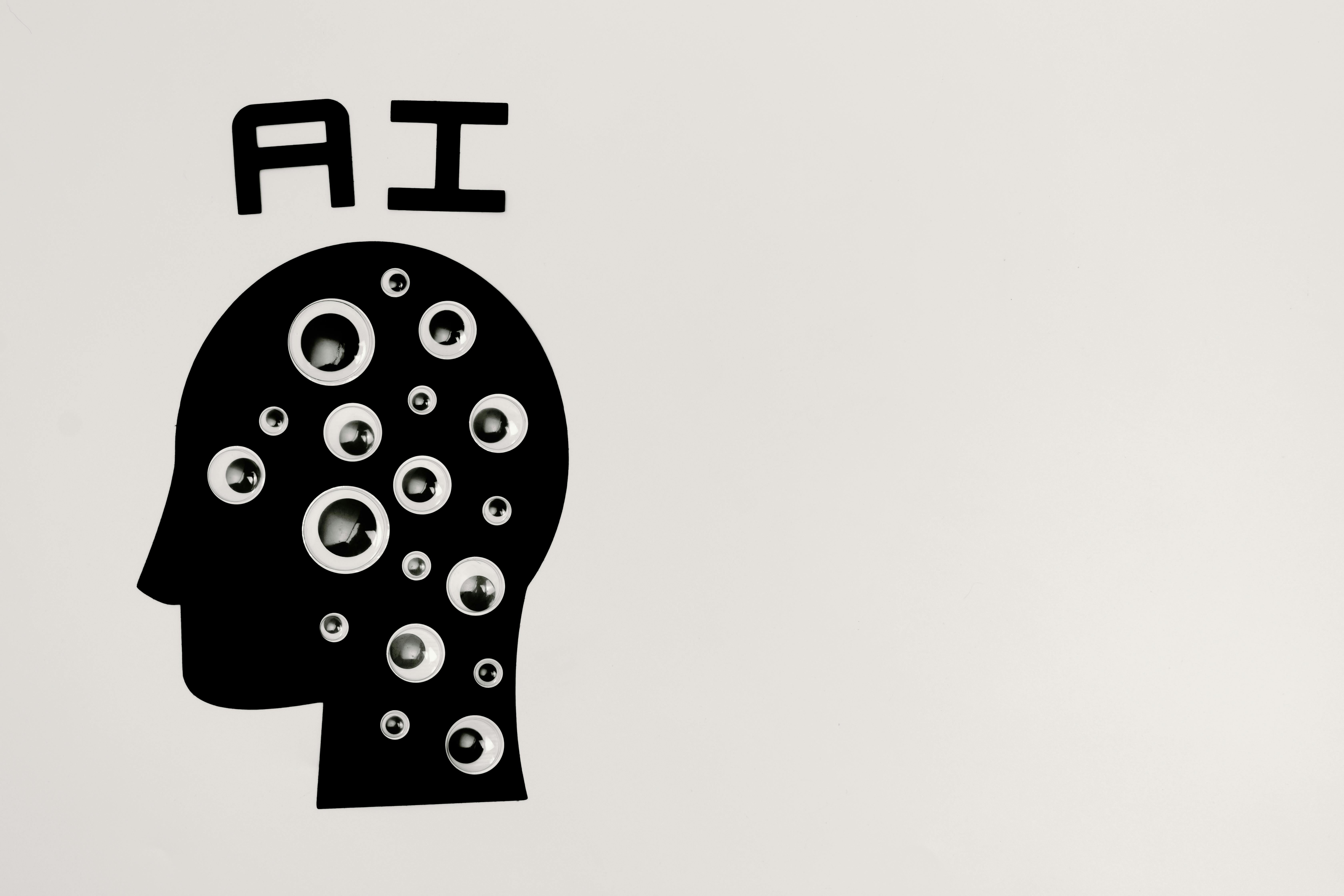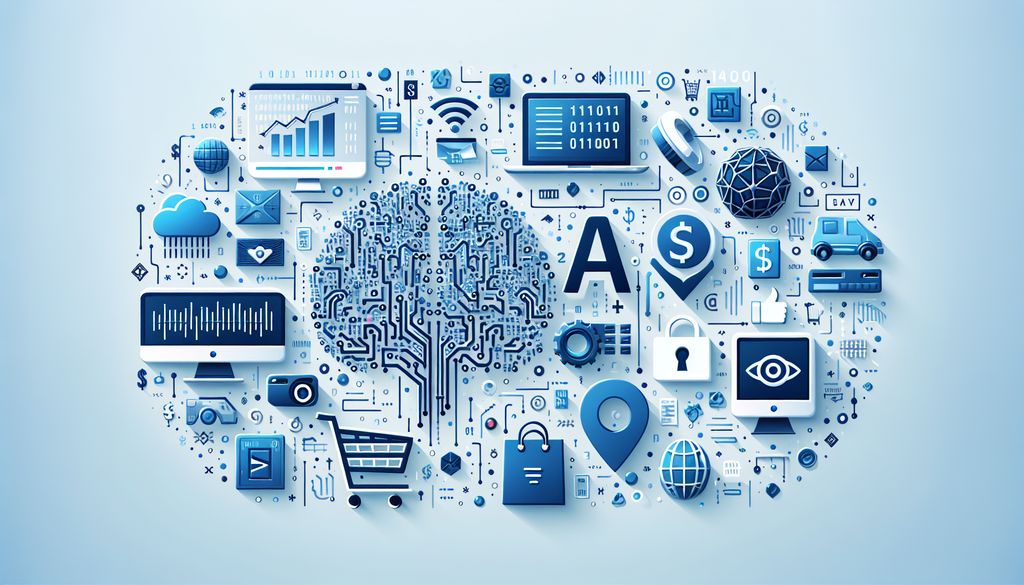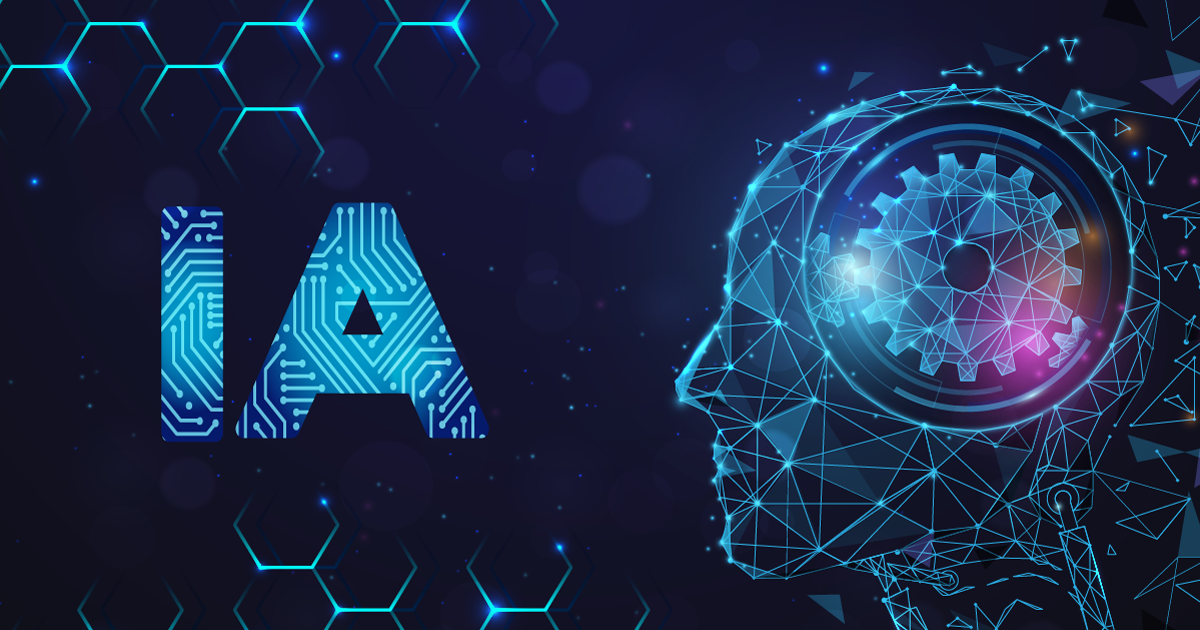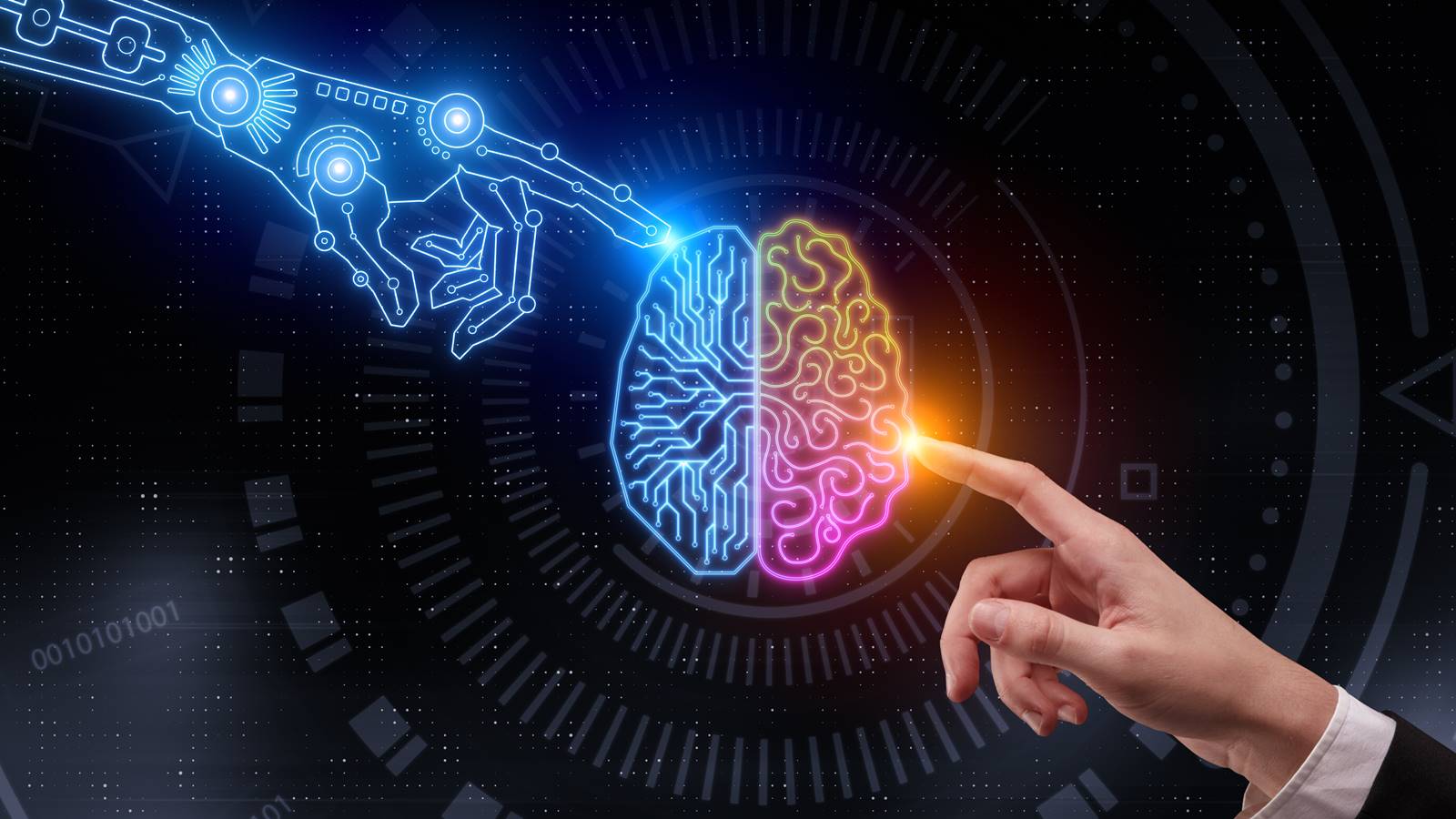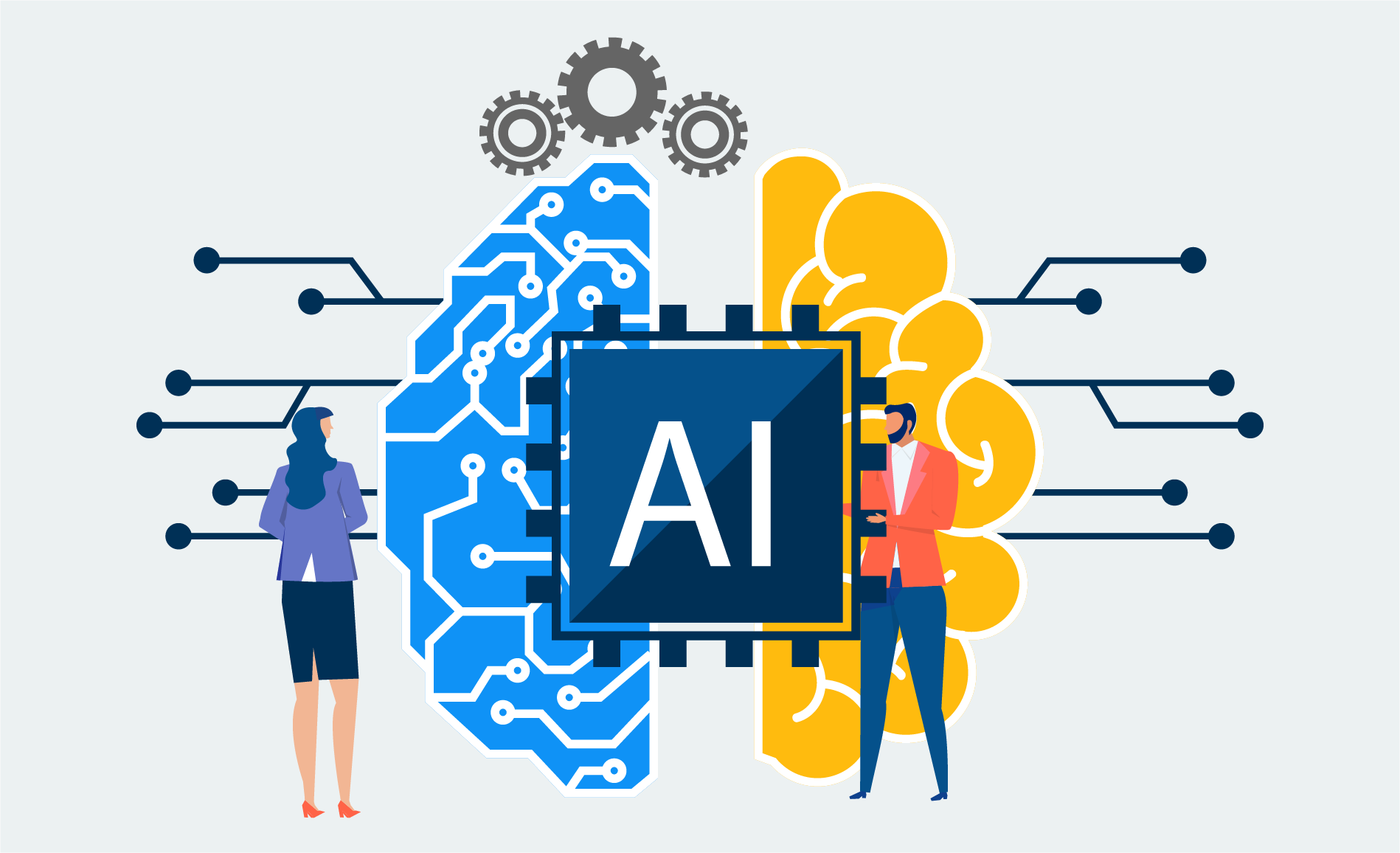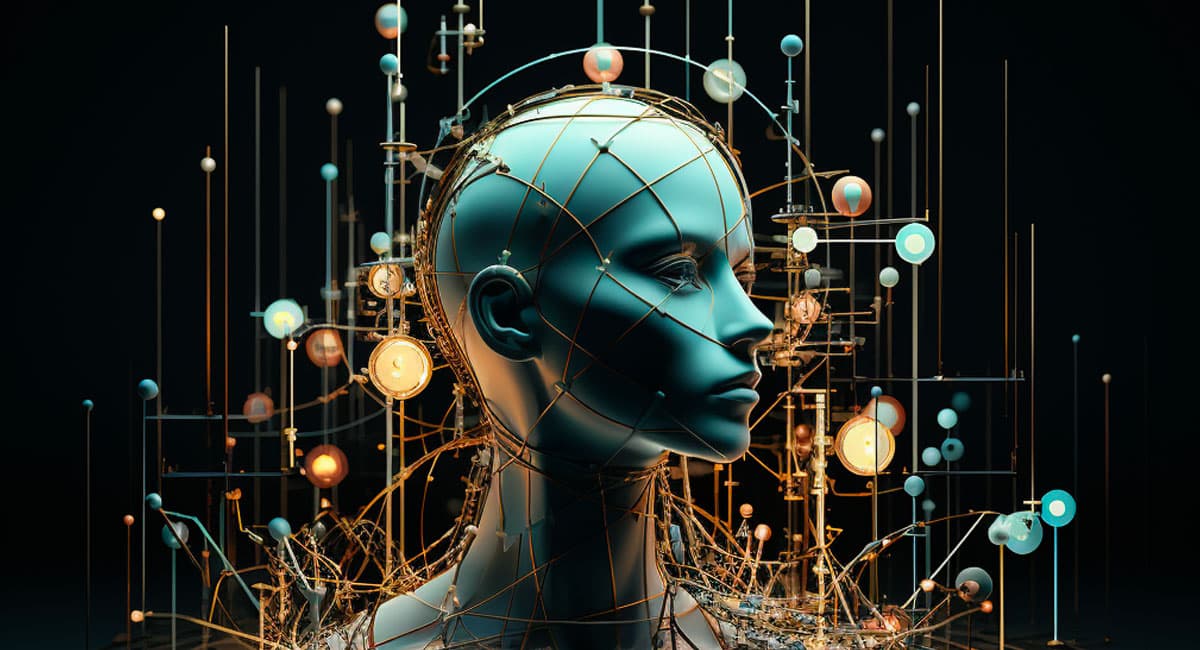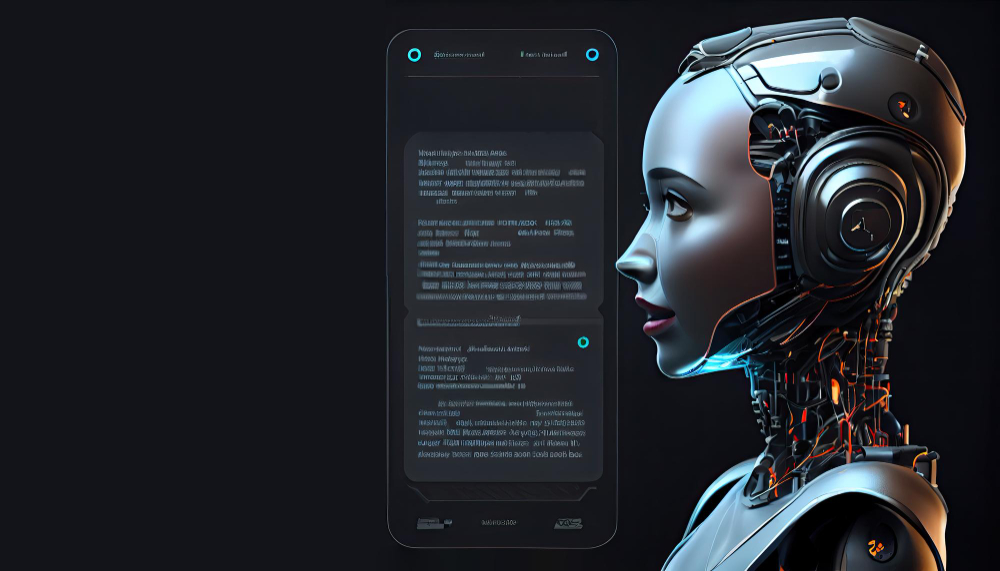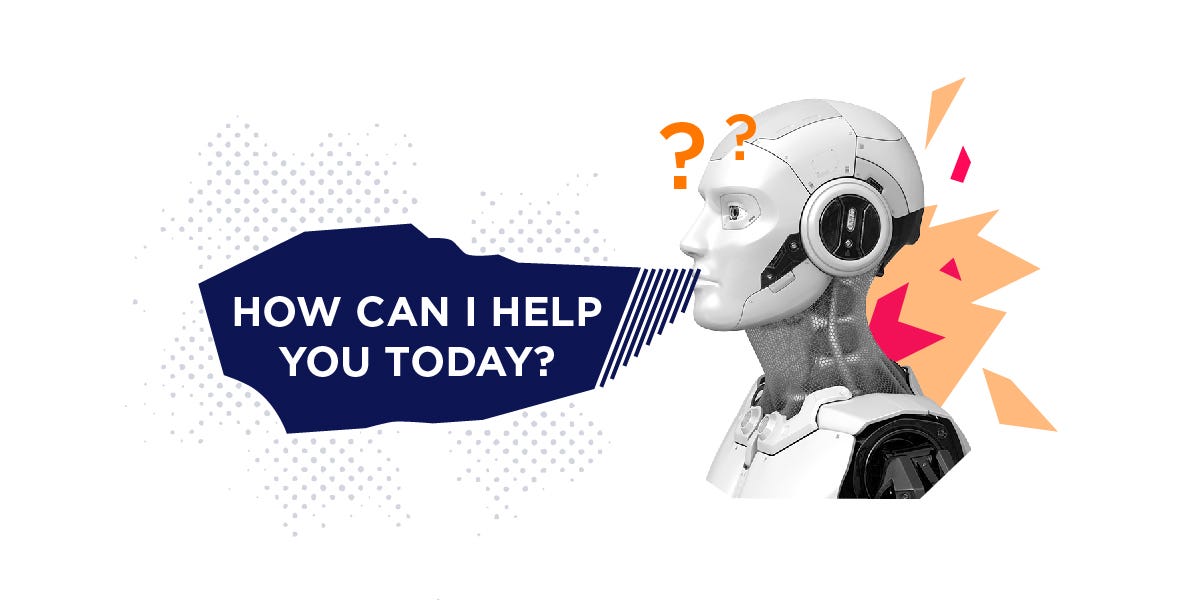Once the exclusive domain of science fiction novels and university research labs, Artificial Intelligence is now one of the most transformative and ever-present technologies of our time. By 2025, it has woven itself into the fabric of our daily lives and business operations, often in ways we don't even notice. From the way you get driving directions to how businesses create marketing campaigns, this powerful force is reshaping our world. Yet for many, the term itself remains shrouded in mystery, a complex buzzword that can feel intimidating or confusing.
If you've ever wondered what Artificial Intelligence truly is, how it works, and—most importantly—how you can start using it without being a programmer, this guide is for you. We will demystify the core concepts behind AI, explore its real-world applications, and provide a clear, actionable path for you to begin harnessing its power today. The goal isn't just to define a technology but to empower you with the foundational knowledge to see it as an accessible and invaluable tool for growth and creativity.
What Is Artificial Intelligence, Really?
In the simplest terms, Artificial Intelligence is a broad field of computer science dedicated to building smart machines capable of performing tasks that typically require human intelligence. This involves simulating human cognitive functions like learning from experience, reasoning and problem-solving, understanding natural language, and perceiving the world through senses like vision and hearing.
The ultimate goal of Artificial Intelligence is not necessarily to create a conscious machine, but to create systems that can operate intelligently and autonomously to achieve specific goals. Think of it like teaching a child. You don't write a rule for every single object in the world. Instead, you show them many examples—pictures of cats, dogs, and birds. Over time, the child's brain learns the underlying patterns and features associated with each animal. Eventually, they can see a picture of a cat they've never seen before and correctly identify it.
Modern AI works in a very similar way. It ingests vast amounts of data (the "examples"), learns the patterns within that data, and then uses that learned knowledge to make predictions, generate new content, or perform actions in new situations. This ability to learn, rather than being explicitly programmed for every scenario, is the magic that makes AI so powerful and versatile.
The Main Types of Artificial Intelligence
To better understand the landscape, it’s helpful to categorize Artificial Intelligence into different types based on its capabilities and functionality. This helps separate the AI that exists today from the AI we see in movies.
By Capability: The Difference Between Narrow and General AI
Artificial Narrow Intelligence (ANI): This is the only type of Artificial Intelligence that humanity has successfully achieved so far. ANI, also known as Weak AI, is designed and trained to perform a single, specific task. It operates within a pre-defined range and cannot perform tasks beyond its designated purpose. While it might seem limited, ANI is incredibly powerful and is the engine behind most of the AI applications you use daily.
Examples: Apple's Siri, Google's search algorithms, self-driving cars, AI image generators, and recommendation engines on Netflix and Spotify are all forms of ANI. They are experts in their one domain but cannot, for instance, have a creative conversation or reason about philosophical concepts.
Artificial General Intelligence (AGI): This is the next frontier, often referred to as Strong AI. AGI is the hypothetical ability of an AI agent to understand, learn, and apply its intelligence to solve any problem that a human being can. It would possess consciousness, self-awareness, and the ability to transfer knowledge between different domains. AGI remains purely theoretical and is the type of AI most often depicted in science fiction.
By Functionality: The Four Tiers
Philosophers and researchers also classify Artificial Intelligence into four tiers that describe its potential evolution:
Reactive Machines: The most basic type. They can react to current situations but cannot form memories or use past experiences to inform current decisions. An example is IBM's Deep Blue, the chess program that defeated Garry Kasparov.
Limited Memory: This is where most modern AI systems operate. They can look into the past to inform present decisions. Self-driving cars use this type of AI to observe the speed and direction of other cars.
Theory of Mind: A future, more advanced class of AI that would be able to understand human emotions, beliefs, and thoughts, and interact socially.
Self-Awareness: The final, hypothetical stage where AI has consciousness, self-awareness, and sentience, similar to AGI.
For any beginner in 2025, the most important takeaway is that all the practical tools and applications available today are forms of Artificial Narrow Intelligence (ANI).
How Does Artificial Intelligence Learn? The Magic of Machine Learning
If AI is the goal, then Machine Learning (ML) is the primary vehicle used to get there. Machine Learning is a subfield of Artificial Intelligence that provides systems with the ability to automatically learn and improve from experience without being explicitly programmed.
The Concept of Training with Data
Instead of a developer writing thousands of lines of code with hard-coded rules for every possible situation, they create an algorithm (a "model") and "train" it on a massive dataset. For example, to create an AI that detects spam emails, developers would feed it millions of emails that have already been labeled as either "spam" or "not spam." The model analyzes this data and learns to identify the patterns, keywords, and characteristics associated with spam. Once trained, it can apply this knowledge to new, incoming emails and predict whether they are spam with a high degree of accuracy.
Key Types of Machine Learning
Supervised Learning: This is the most common type, as described in the spam filter example. The AI model is trained on a labeled dataset, where the desired output is already known. It's "supervised" because the data provides a clear guide for what the model should learn.
Unsupervised Learning: In this case, the AI model is given an unlabeled dataset and must find patterns and structures on its own. This is useful for tasks like customer segmentation, where a business might want to group customers based on purchasing behavior without pre-defining the groups.
Reinforcement Learning: This type of learning is inspired by behavioral psychology. The AI model learns by performing actions and receiving rewards or penalties. It's a process of trial and error. This is the method used to train AI to play complex games like Chess or Go, where the "reward" is winning the game.
Within Machine Learning, a more advanced subset called Deep Learning has been responsible for the recent explosion in AI capabilities. Deep Learning utilizes complex structures called "neural networks," which are inspired by the human brain's architecture. These deep neural networks are what power the generative AI tools that can write text, create images, and compose music.
Real-World Applications of Artificial Intelligence in 2025
The practical applications of Artificial Intelligence are virtually limitless and have already become integral to our personal and professional lives.
AI in Your Daily Life
Streaming Recommendations: When Netflix suggests a new show or Spotify curates a "Discover Weekly" playlist for you, it's AI analyzing your viewing and listening history to predict what you'll enjoy next.
Digital Voice Assistants: Siri, Google Assistant, and Alexa use natural language processing (a branch of AI) to understand your spoken commands and retrieve information or perform tasks.
Navigation and Traffic: Apps like Waze and Google Maps use AI to analyze real-time traffic data, predict congestion, and calculate the fastest route to your destination.
Email and Cybersecurity: Advanced spam filters protect your inbox, and your bank uses AI to detect fraudulent transactions by identifying activity that deviates from your normal spending patterns.
AI in Business and Industry
The business world has been revolutionized by accessible Artificial Intelligence. What once required a team of data scientists can now be achieved with specialized tools.
Marketing and Sales: AI writes ad copy, generates images for social media campaigns, analyzes customer data to predict churn, and powers chatbots for instant customer support.
Healthcare: AI models analyze medical images like X-rays and MRIs to detect diseases earlier and more accurately than the human eye. It also accelerates drug discovery by analyzing complex biological data.
Finance: Algorithmic trading, credit scoring, and fraud detection are all heavily reliant on AI to process vast amounts of financial data in real-time.
Content Creation: Writers, designers, and video editors use AI assistants to brainstorm ideas, write first drafts, create stunning visuals from text prompts, and edit videos automatically.
While these large-scale examples are impressive, the most exciting development for businesses today is the accessibility of powerful tools. Platforms like the Perfect-AI.com marketplace consolidate thousands of these applications, allowing any business to find and deploy solutions for specific tasks like content creation, sales automation, or software development without needing a massive budget.
Getting Started with Artificial Intelligence Today
The most important message of this guide is that you no longer need to be a developer or data scientist to use Artificial Intelligence. The key is to shift your mindset from being a passive observer to an active user.
The Mindset Shift: From Complexity to Problem-Solving
Don't try to "learn AI" in the abstract. Instead, focus on a specific problem or tedious task in your work or personal life and ask, "Could AI help me with this?" This problem-oriented approach makes the technology immediately practical.
Step 1: Identify a Pain Point
Start small. Is there a task you do every week that is repetitive and time-consuming?
Writing weekly social media posts?
Summarizing long meeting notes?
Creating images for your blog?
Answering the same customer questions over and over? This is your starting point.
Step 2: Explore Accessible Tools with a Trusted Resource
This is where a resource like Perfect-AI.com becomes indispensable for a beginner. Instead of getting lost in a sea of confusing options on the open internet, you can browse a curated AI Marketplace to find pre-built, vetted tools for virtually any task. The platform is designed for discovery:
Looking to write blog posts faster? Navigate to the "AI Writing Assistants" category.
Need to generate images for a campaign? Explore the "Image Generation" section.
Want to create a short promotional video? There are dozens of AI video tools with user reviews to guide you.
Using a central, trusted marketplace like Perfect-AI.com removes the guesswork and security risks, allowing you to experiment with confidence.
Step 3: Learn the Art of Basic Prompting
The primary skill for using modern generative AI is "prompting"—giving the AI clear, specific instructions. The quality of your input directly determines the quality of the output. Start with simple prompts and gradually add more detail. For example, instead of "write about dogs," try "Write a 300-word, cheerful blog post about the benefits of adopting a rescue dog, aimed at first-time dog owners."
Step 4: Experiment, Iterate, and Play
Treat AI as a creative partner. The first output might not be perfect. Learn to refine your prompts, combine ideas from different AI-generated responses, and use the tools as a starting point to accelerate your own creativity. The best way to learn is by doing.
The world of Artificial Intelligence is vast and expanding at an incredible pace. However, at its core, it is a tool designed to augment human capability, not replace it. By understanding its fundamental concepts, recognizing its presence in your daily life, and knowing where to find accessible applications, you are taking the first and most important step. You don't need a PhD; you just need curiosity and the right resources. By understanding these fundamentals, you are well on your way to confidently harnessing the power of Artificial Intelligence.
